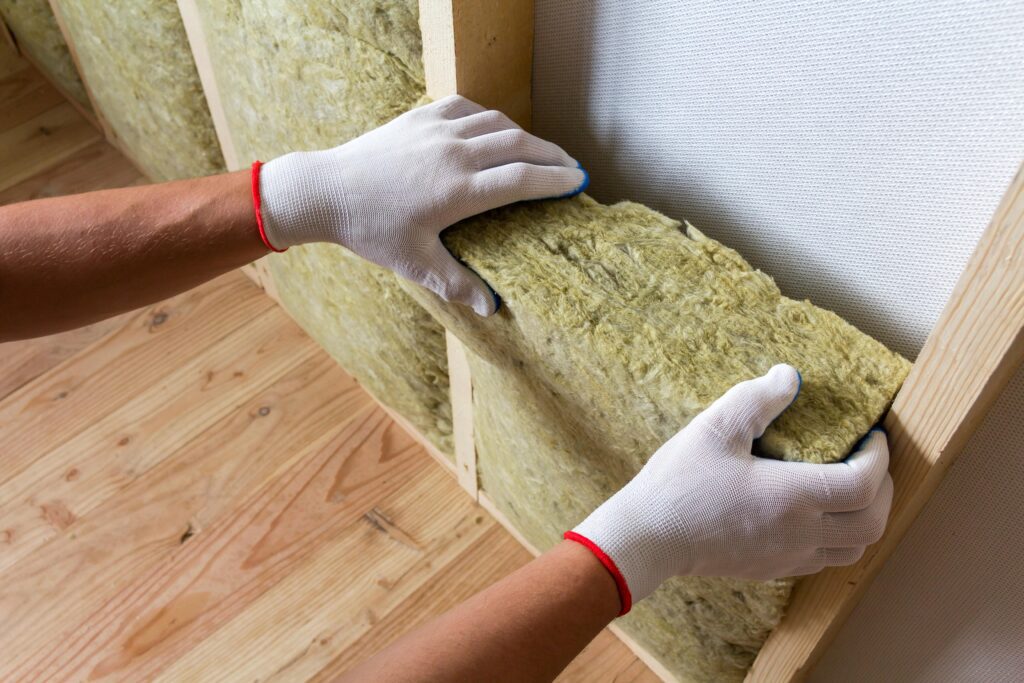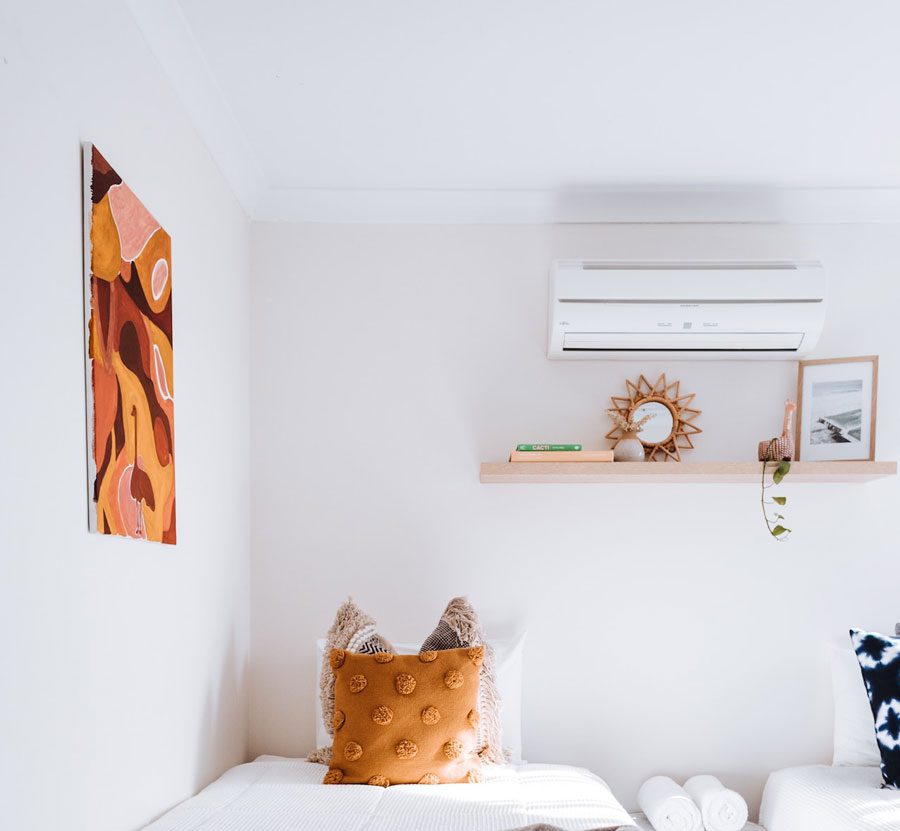Why is it important to choose the right-sized air conditioner?
Selecting the right air-conditioning unit size is essential for maximising the return on your new investment and keeping your energy bills down. Just as no one would willingly purchase shoes that don’t fit simply because they admire the colour, similarly, a bedroom and lounge require air conditioning units tailored to the specific features that each space demands. A one-size-fits-all approach won’t suffice, as each space in your home has unique requirements determined by its size, orientation, and more.
As we say, bigger isn’t always better, and that holds true when selecting your new split system. Wondering why? Installing a large unit in a small space will cause the air conditioner to run in short cycles, making it unable to effectively dehumidify the air or provide the right cooling or heating required for the room. This inefficiency leads to higher running costs. On the other hand, if you opt for a unit that is too small for the room it serves, the air conditioner will need to work harder to maintain the desired temperature, ultimately causing it to wear out more quickly.
Things that need to be taken into consideration:
1. Insulation
Before checking out the market, you should first take a good look inside your house. Check whether your ceilings are insulated. More often, if your house becomes too hot or too cold as the weather changes, the underlying factor could be your insulation. If you buy a new air conditioner without addressing the insulation issue, the chances are you will end up purchasing an air conditioner with a larger capacity than what you actually need. For example, let’s say you require a 2.2 kW system in your master bedroom; you might end up getting a 3.5 kW system simply because your ceiling is not effectively retaining hot or cold air as it should. In some cases, you might even discover that you don’t need to buy an air conditioner once you fix the insulation.


2. Size of room
When sizing an air conditioner for your room, consider the following guidelines: Small rooms (up to 20m²) like small bedrooms or home offices typically require 2-2.5kW for efficient cooling or heating. Medium rooms (20-40m²), such as living rooms or master bedrooms, benefit from 2.5-5kW units for balanced performance. Large rooms (40-60m²), like open-concept spaces, need 5-9kW air conditioners to maintain the desired temperature without running continuously, and extra large rooms (60m² and above) like spacious living rooms or open-plan offices necessitate 6-10 kW units for even air distribution to avoid straining the system.
Make sure that you take into account the ceiling height, not just the area, as higher ceilings require the air conditioner to work harder to heat or cool the room. Being accurate in your measurements ensures both comfort and energy efficiency.


3. Location/Climate Zone
Australia is divided into 8 different climate zones, and it’s essential to consider this when selecting a new split system. For example, despite both Ballarat and Wodonga being situated in Victoria, they each have their unique climate conditions. While Ballarat falls under a cool temperate zone, Wodonga’s inland climate is characterised by hot, dry summers and cool winters. This means that if you reside in Ballarat, you’ll need an air conditioner capable of efficiently heating your house, whereas in Wodonga, the air conditioner you install should be equipped to handle extremely hot weather.
Check out GEMS registry for more information on cooling and heating star rating for split systems.


4. Orientation/Exposure to Sunlight
It is important to check the orientation of the room before installing an air conditioner. The placement of your windows can significantly affect the aircon capacity you might need. For instance, a room with north or west-facing windows will have a more comfortable temperature during the winter as it lets light into the room, while a room with south-facing windows will be considerably cooler.
Other factors that need to be considered include the type of material used to construct the building, the number of occupants in the room, and whether the windows are double glazed. Also, factor in any external awnings or shade trees in the area.


Calculators
The Australian Institute of Refrigeration, Air Conditioning, and Heating (AIRAH) provides calculators that help determine the appropriate size of an air conditioner by calculating the cooling load and heating load. If a room’s cooling load is higher, an air conditioner installed in that room needs to work harder in the summer, and vice versa. The cooling load can be reduced by shading windows, insulating walls, and ceilings, and so on.
Pro Tip
Curtains and blinds can become your greatest allies in achieving maximum efficiency from your air conditioner. When using curtains, choose heavier fabrics to provide better insulation, and ideally, they should reach the floor for maximum coverage. If you prefer blinds, opt for white on the outside to reflect the summer sun, and make sure they are well-fitted and snug to prevent heat from escaping during the winter. For more tips on low-key energy savings, check out our feature on Quick Energy Wins.
How Much is an Upgrade?
We have partners in Victoria, SA and NSW who are able to provide a comprehensive quote to upgrade your existing heating and cooling system. Thankfully State government rebates will also assist in cost savings to implement an upgrade to newer, energy efficient units.
For more information and to speak with one of our partners, check out heating and cooling your home.

 Victoria
Victoria




